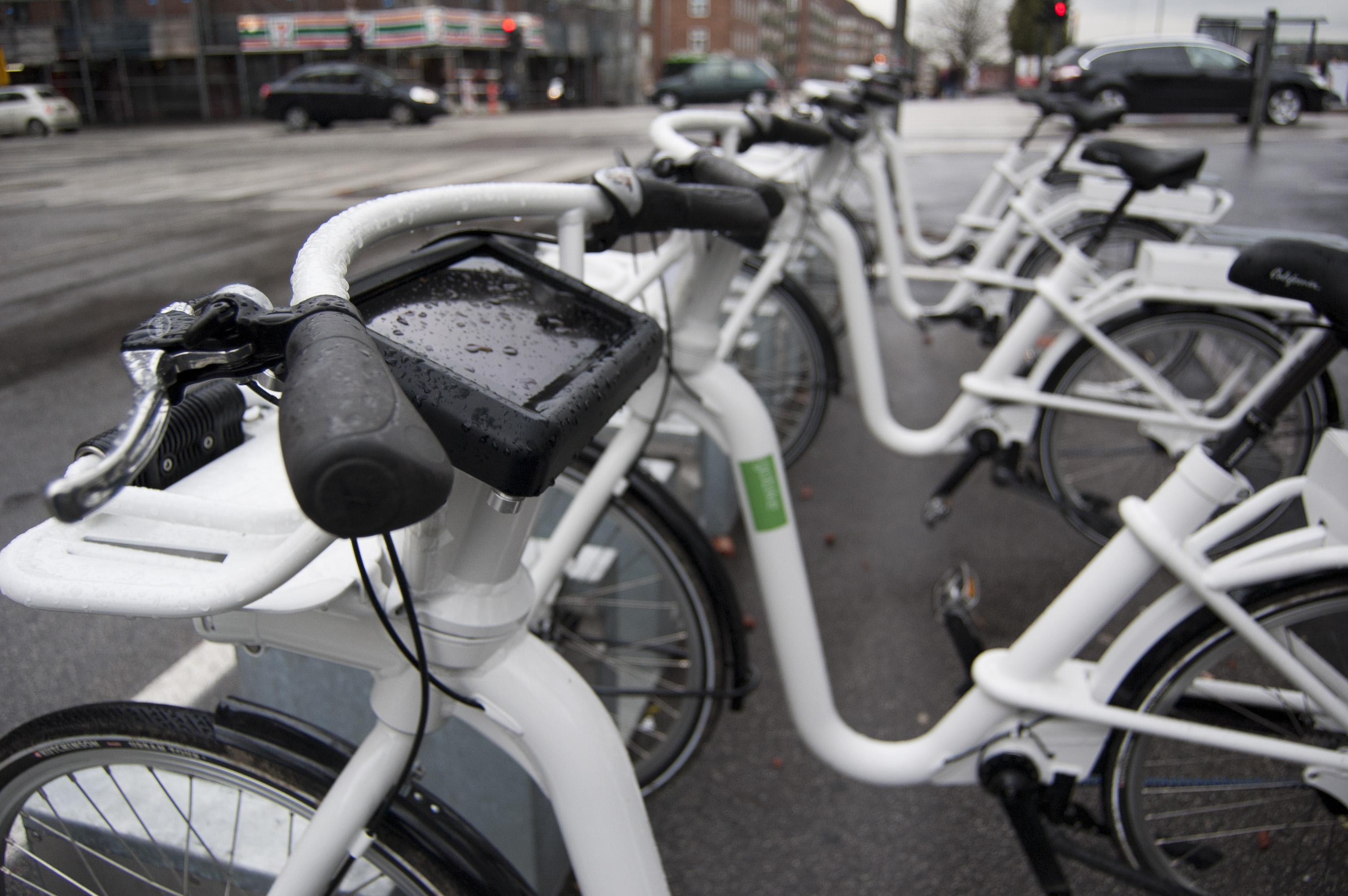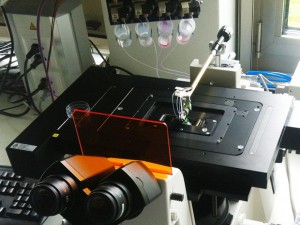Copenhagen, the city that popularized bike sharing in the 1990s, is replacing its coin-operated clunkers with electric motor–assisted bicycles with their own touch-screen instrument panels. The bikes, which the city beta-tested this past September and October, house motors that can provide up to 450 watts of power from a battery pack that’s rechargeable at dozens of docking stations around the city. But all that power may be too much of a good thing.
Beta testers last month “got very good at keeping [their] momentum to where the engine does most of the work,” reports Niklas Marschall, CEO of Cykel DK, the program’s operator. That was the first lesson Cykel DK learned: Riders will go to great lengths to avoid exerting themselves. Continue reading Copenhagen Pioneers Smart Electric-Bike Sharing



